The Groundshaking Movie On Netflix Is One Of The Best Disaster Films Ever Made
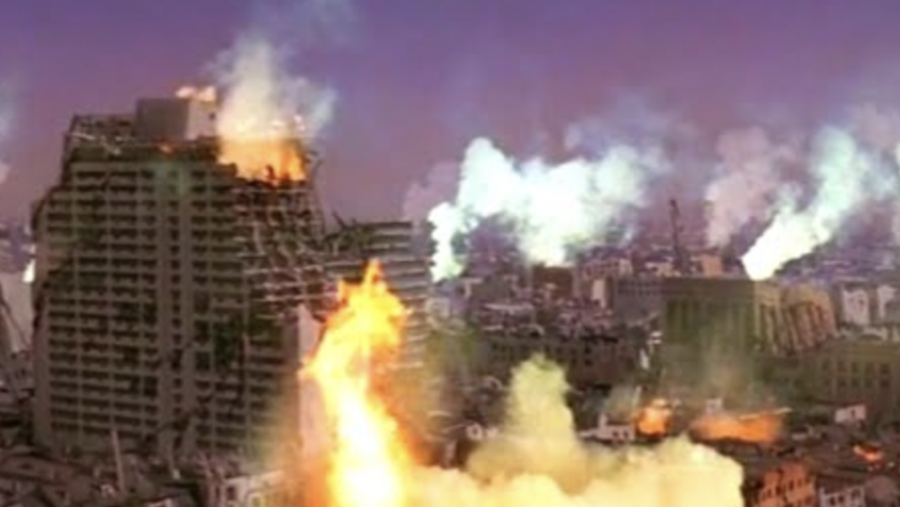
In a testament to the spectacle and raw power of 1970s disaster cinema, the 1974 classic Earthquake has found its way onto modern screens through Netflix. This film, bursting with chaotic energy and a star-studded cast led by the legendary Charlton Heston, allows viewers to immerse themselves in the harrowing experience of a natural catastrophe, unlike anything seen before. But better catch it soon because it leaves the streamer on October 1st.
With its groundbreaking special effects for its time and a narrative that grips you right from the outset, Earthquake stands as a monument to a bygone era of filmmaking where sheer scale and star power were enough to electrify the silver screen. This is your chance to witness the seismic spectacle that brought an unprecedented level of realism and suspense to the disaster genre.
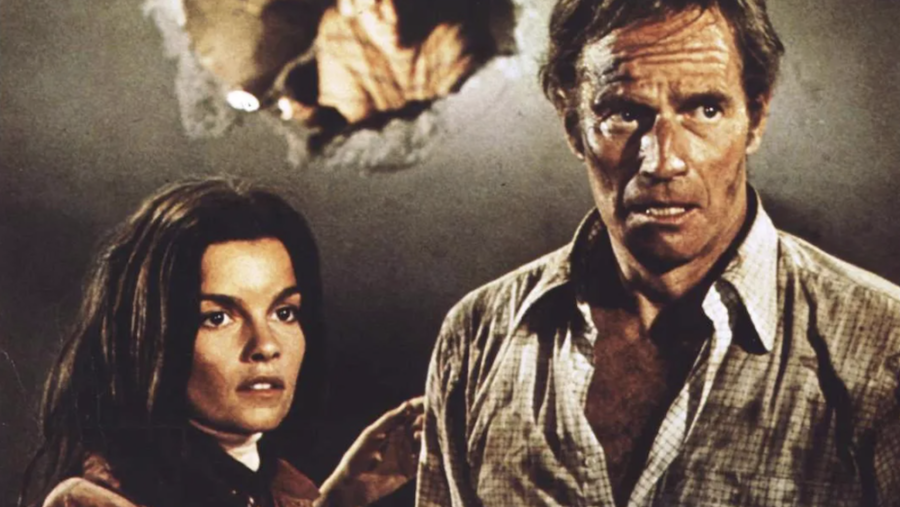
In the riveting disaster film Earthquake, Charlton Heston takes the helm as Stewart Graff, a rugged and morally conflicted engineer caught amidst the catastrophic earthquake that rattles the city of Los Angeles.
The movie chronicles the intense and gripping moments before, during, and after the devastating seismic event. As the city crumbles under the wrath of Mother Nature, Stewart finds himself navigating the chaos and destruction, desperately trying to save the people he loves.
During these perilous times, relationships are put to the ultimate test. Charlton Heston’s character, Stewart, is caught in a complex love triangle involving his estranged wife Remy, portrayed by Ava Gardner, and a passionate affair with Denise Marshall, played by Geneviève Bujold.
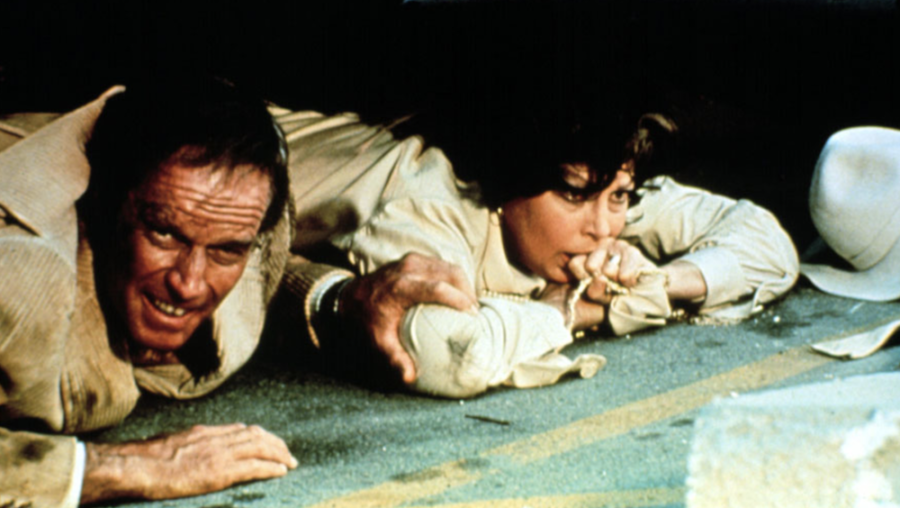
As the ground shakes violently and buildings come crashing down, Stewart and an ensemble cast of characters, including a daredevil motorcyclist (Richard Roundtree) and a brave stuntman (Marjoe Gortner), are forced to make life-altering decisions in the face of death and destruction.
As the city is torn apart bit by bit, the film not only showcases the horrifying physical toll of the earthquake but also delves deep into the emotional and psychological ramifications of such a disaster.
Earthquake doesn’t shy away from portraying the grim realities of human suffering and loss, providing audiences with a raw, unflinching look at the utter mayhem and desperation that ensues when the earth violently shifts. It’s a thrilling race against time as Charlton Heston and the rest of the cast navigate a world where the ground beneath their feet can no longer be trusted.
In the realm of disaster cinema, Earthquake, with Charlton Heston at its forefront, carves out a distinctive niche, especially considering the time of its release in the mid-70s. Compared to other disaster movies, it stands as a testimony to the golden era of disaster flicks, a time when the genre was booming with titles like The Towering Inferno and The Poseidon Adventure.
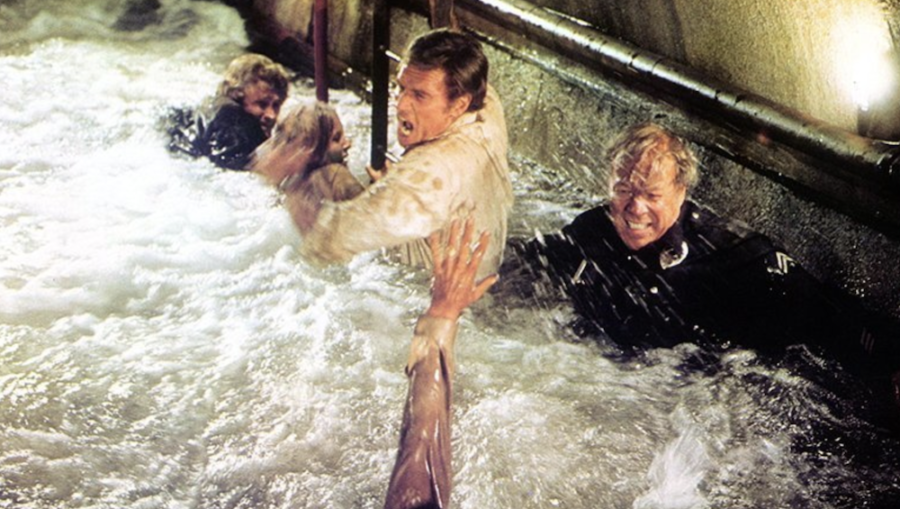
One notable feature of Earthquake is its commitment to portraying a highly realistic and gritty view of a catastrophic event, which might resonate differently compared to the somewhat glossy and CGI-heavy representations seen in more recent disaster movies like 2012 or The Day After Tomorrow.
While these newer offerings bring grandiose visuals and a global scale of destruction, Earthquake provides a more grounded and human-centric narrative, focusing extensively on the interpersonal relationships and the personal tragedies befalling Charlton Heston’s character and those around him.
Furthermore, Earthquake utilized a revolutionary sound effect system called Sensurround, which created low-frequency vibrations in the cinema to simulate the sensation of an earthquake. This innovative approach to immersive cinema provided audiences with a truly unique and visceral movie-going experience, something that might be seen as a precursor to the modern-day 4D cinema experiences. The film thus stands as a trailblazer in integrating technology and storytelling to craft a more immersive viewing experience.
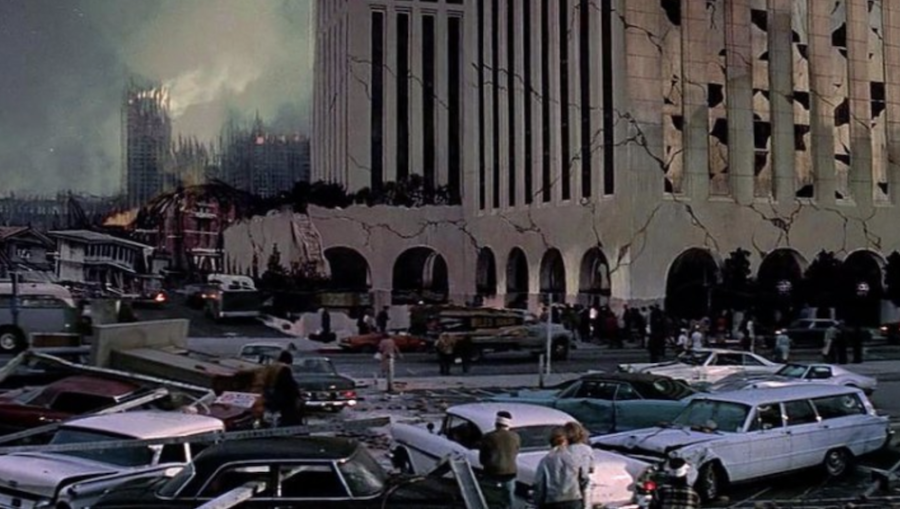
However, like many films of its time, Earthquake might be criticized for some of its melodramatic elements and perhaps a lack of depth in character development, aspects which have seen significant evolution in more contemporary disaster films.
But nonetheless, with Charlton Heston’s compelling performance and its pioneering special effects, it retains a notable position in the pantheon of disaster movies, offering a raw glimpse into the chaos and desperation of a city grappling with a catastrophic seismic event.
As the curtains close on Earthquake, viewers are left to ponder the raw and visceral portrayal of a city in the throes of an unforeseen catastrophe, driven home by Charlton Heston’s powerhouse performance.
The movie stands as a significant milestone in the disaster film genre, melding innovative technology with narrative to craft an immersive, albeit melodramatic, spectacle that resonated profoundly with audiences of the 70s.
It stands among a venerable lineup of disaster films and Earthquake serves not only as an entertaining thrill ride but also a reminder of cinema’s endless potential to evolve and immerse audiences in the eye of the storm. An indispensable watch for enthusiasts of the genre, offering a snapshot into a pivotal era of disaster cinema, filled with innovation, drama, and the enduring appeal of a classic Hollywood star at the helm.












